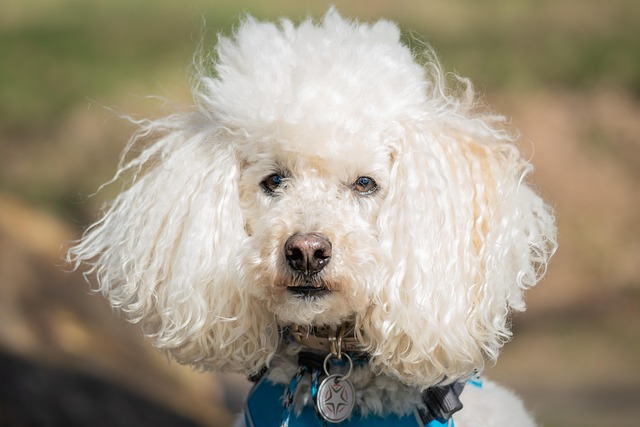
How do i train my dog to be obedient?
Watching your dog dart across the park ignoring your calls isn’t just frustrating—it can put them at risk near busy streets or public spaces.
Bringing home a traumatized dog can feel like solving a puzzle with missing pieces. Maybe she flinches when you reach for her collar, or he bolts under the bed when the doorbell rings. These aren’t signs of stubbornness—they’re echoes of past stress, and for new pet parents, figuring out where to start can feel overwhelming. You want to help, but pushing too hard might make things worse. That’s where gentle, intentional training comes in.
Trauma affects a dog’s brain like a stuck record, looping fear responses even when danger isn’t present. Their brains prioritize survival over learning, so scolding or forcing them into scary situations only cranks up that fear. Think of it this way: if you’re terrified of heights, being pushed onto a balcony won’t help you get over it—it’ll make you panic. For dogs, trauma works the same way; their reactions are about self-preservation, not defiance.
 Start by building a “safe zone” in your home. This could be a quiet corner with a soft blanket, a favorite toy, and a water bowl—somewhere she can retreat when things feel scary. In apartments, this might mean setting up a crate (door always open) in the bedroom, away from loud appliances. Let him choose when to use it; forcing him in breaks trust. Over time, this space becomes a signal that “here, nothing bad happens,” which lays the groundwork for training.
Start by building a “safe zone” in your home. This could be a quiet corner with a soft blanket, a favorite toy, and a water bowl—somewhere she can retreat when things feel scary. In apartments, this might mean setting up a crate (door always open) in the bedroom, away from loud appliances. Let him choose when to use it; forcing him in breaks trust. Over time, this space becomes a signal that “here, nothing bad happens,” which lays the groundwork for training.
Positive reinforcement is your most powerful tool. When she stays calm during a minor trigger—a rustling bag, say—offer a tiny treat and soft praise. This teaches her that “scary thing = good stuff,” rewiring her brain’s response. Never use punishment; yelling or hitting (which is illegal in most U.S. states) will make her associate you with fear, undoing progress. Consistency matters: even small wins deserve celebration.
Slowly expose her to fears, but at her pace. If he’s scared of strangers, ask a friend to stand 10 feet away, ignore him, and leave a treat. Once he’s comfortable, move closer over days or weeks. In shared spaces like apartment lobbies, keep him on a short leash to avoid surprises, and always clean up after him—community trust helps everyone, including your pup.
Don’t forget the basics: keep his vaccines (like rabies, required by law) up to date, and carry waste bags on walks. These small acts show respect for your neighborhood, making outings less stressful for both of you. Recovery takes time—some dogs need months, others years—but with patience, you’ll watch his tail lift a little higher each day.

Watching your dog dart across the park ignoring your calls isn’t just frustrating—it can put them at risk near busy streets or public spaces.

New puppy owners often find themselves rushing to clean up accidents before they set in, and that’s where puppy pad training becomes a game-changer.

If you've noticed your dog's waistline disappearing and your veterinarian has mentioned those few extra pounds, your first instinct might be to simply reduce the amount of food in their bowl.

Training a dog to use a designated spot indoors isn’t as daunting as many new owners fear, but it does take consistency and an understanding of your pet’s needs.

That moment of dread on a walk is all too familiar for many new dog owners. You see another dog approaching down the sidewalk of your neighborhood

If the sight of another dog on your neighborhood walk makes your heart sink as your own dog erupts into a frenzy of barking and lunging, you're not alone.